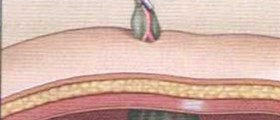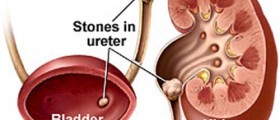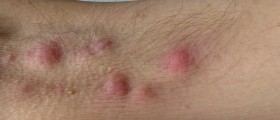
A tonsil stone medically known as tonsillolith can be defined as a piece or a cluster of calcareous matter that forms inside the palatine tonsils. Tonsiloliths generally range in size and are usually white or cream in color. The larger tonsil stones are much more irritating. These formations are predominantly made of collagen and produce a very strong and unpleasant odor. The specific odor results from certain substances found in tonsillolith (hydrogen sulfide, methyl mercaptan etc).
What are Causes of Tonsil Stones?
The scientists have not identified the actual cause of tonsil stones but there are certain factors that have been considered as potential triggers of the condition. They include the presence of oral bacteria, dead white blood cells and mucus secretions. In some people overactive salivary glands may be associated with tonsil stones formation. And finally, residual of enzyme action on food stuck in the tonsils represents a suitable basis for the condition.
Clinical Characteristics of Tonsil Stones
In majority of cases tonsil stones cause a sensation of a foreign body stuck in the throat. Furthermore, the condition may be responsible for bad breath that cannot be eliminated with proper oral hygiene. In case of large tonsil stones the affected tonsil becomes swollen and the patient complains about sore throat and may have bad taste at the back of the tongue.
Patients suffering from the previously mentioned are supposed to consult their doctor as soon as possible. Tonsil stones can be identified with oral exam if they are large enough and they are easily visualized with X ray or CT scan of the tonsil area.
Treatment for Tonsil Stones
It is possible that a patient himself/ herself removes the tonsil stone. Brushing may, for example, remove superficial tonsil stones. The stones that are placed a bit deeper can be also removed by pressing a finger or a cotton swab against the bottom of the tonsil and pushing upward. Some people are also recommended to try irrigation of the tonsils with warm salt water. And it is also possible for superficial stones to naturally loosen and leave the affected tonsils.
Larger tonsil stones require surgical removal. The stone may be removed within ear curette, a long thin metal stick that has a small metal loop at one end. Some doctors use laser to dissolve the stone and make its removal much easier. Tonsillectomy is not commonly recommended in patients suffering from tonsil stones but it may be inevitable in certain cases. This surgical procedure includes the entire removal of the affected tonsil.

















Your thoughts on this
Loading...